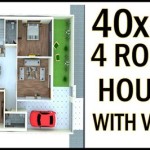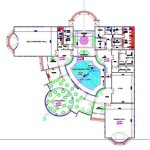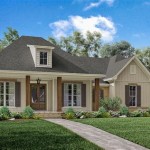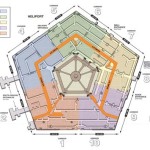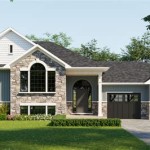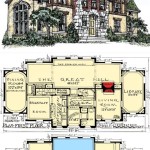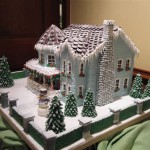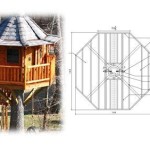Discover the Essence of Traditional Chinese House Plans
Traditional Chinese house plans embody the principles of feng shui, harmony, and balance, creating spaces that are not only aesthetically pleasing but also conducive to well-being. The following aspects are crucial in understanding these plans:
1. Courtyard as a Central Element
Courtyards are a defining feature of traditional Chinese homes. They serve as a private outdoor space where families can gather, relax, and connect with nature. The courtyard also provides natural light and ventilation, creating a comfortable and inviting atmosphere.
2. Symmetry and Balance
Chinese house plans emphasize symmetry and balance. The main entrance is typically placed in the center of the house, with buildings arranged symmetrically on both sides to create a sense of order and harmony. This principle extends to the interior layout, where rooms are balanced and proportioned in a way that promotes flow and tranquility.
3. Hierarchy of Spaces
Traditional Chinese homes have a clear hierarchy of spaces. The main house, where the family resides, is typically located at the front of the property. Behind it are secondary buildings such as kitchens, storage areas, and servant quarters. This hierarchy reflects the importance of separating different functions and maintaining privacy.
4. Feng Shui Principles
Feng shui principles play a significant role in Chinese house plans. The arrangement of rooms, furniture, and even the decor is carefully considered to create a harmonious environment. The goal of feng shui is to balance the flow of chi (life energy) through the house, promoting well-being and prosperity.
5. Use of Natural Materials
Traditional Chinese houses are often built using natural materials such as wood, stone, and bamboo. These materials are valued for their durability, sustainability, and aesthetic appeal. Wood is commonly used for structural elements and furniture, while stone is used for pathways and courtyards. Bamboo is often employed for decorative purposes.
6. Decorative Elements
Chinese house plans incorporate decorative elements that reflect the culture and traditions of the region. Intricate carvings, colorful tiles, and elaborate roofs are common features. These elements not only enhance the aesthetic appeal of the home but also convey symbolic meanings and cultural significance.
7. Sustainability and Energy Efficiency
Traditional Chinese house plans often incorporate sustainable practices. The use of natural materials and passive design techniques, such as courtyards and cross-ventilation, help reduce energy consumption and create a more eco-friendly environment.
Conclusion
Traditional Chinese house plans are a testament to the ingenuity and wisdom of ancient builders. These plans prioritize harmony, balance, and well-being, creating spaces that are both functional and aesthetically pleasing. By incorporating the principles of feng shui and using natural materials, traditional Chinese homes provide a harmonious and sustainable living environment that continues to inspire.

Plan Of The Typical Standard Three Courtyard House Beijing Drawing Scientific Diagram

Chinese Courtyard House Traditional Plans

Traditional Chinese Courtyard House Architecture

A Traditional And Simple Chinese Home Design Guo Donghai Yan Linglin Archdaily
Is It True That Traditional And Or Ancient Chinese Homes Are Made Of Separate Buildings Particularly The Expensive Ones Do You Know Any Sites With Floor Plans I Can Look At

House Architecture

Traditional Chinese House Layout Google Search Courtyard Plans Japanese

Parametrising Historical Chinese Courtyard Dwellings An Algorithmic Design Framework For The Digital Representation Of Siheyuan Iterations Based On Traditional Principles Sciencedirect
Why Do Chinese Houses Have Courtyards Quora

Prototype Of Traditional Courtyard House Scientific Diagram

